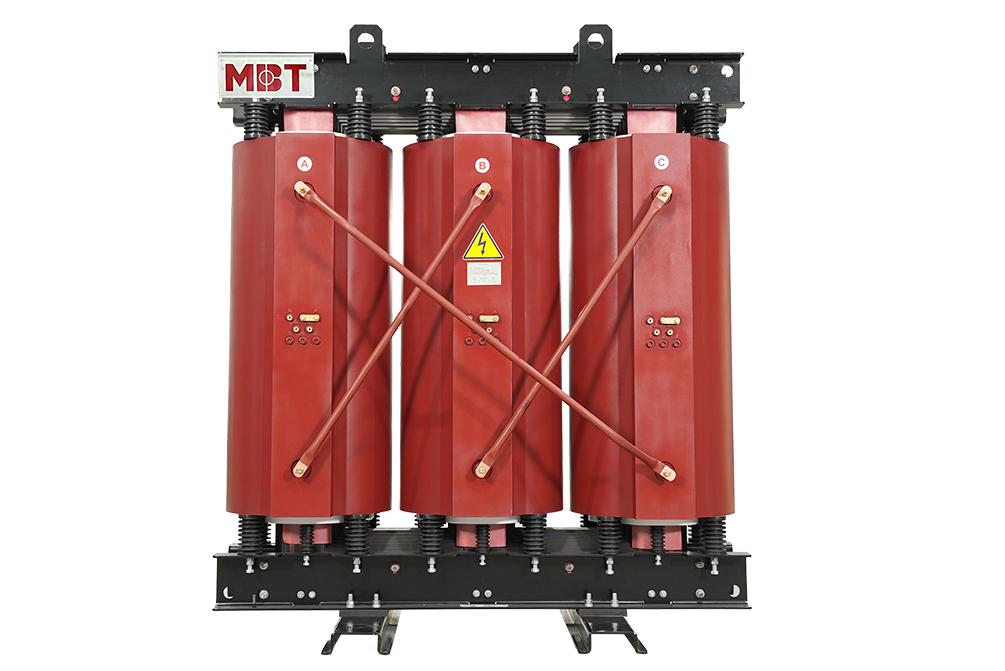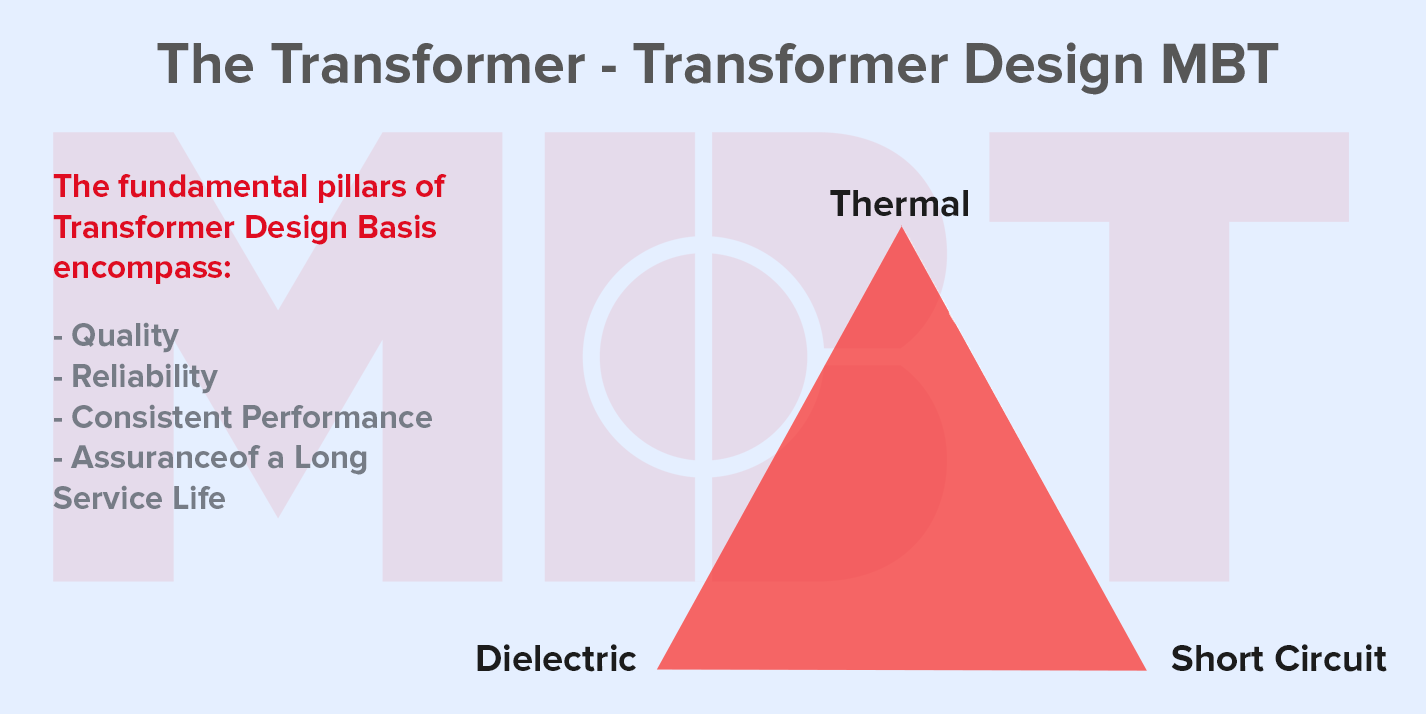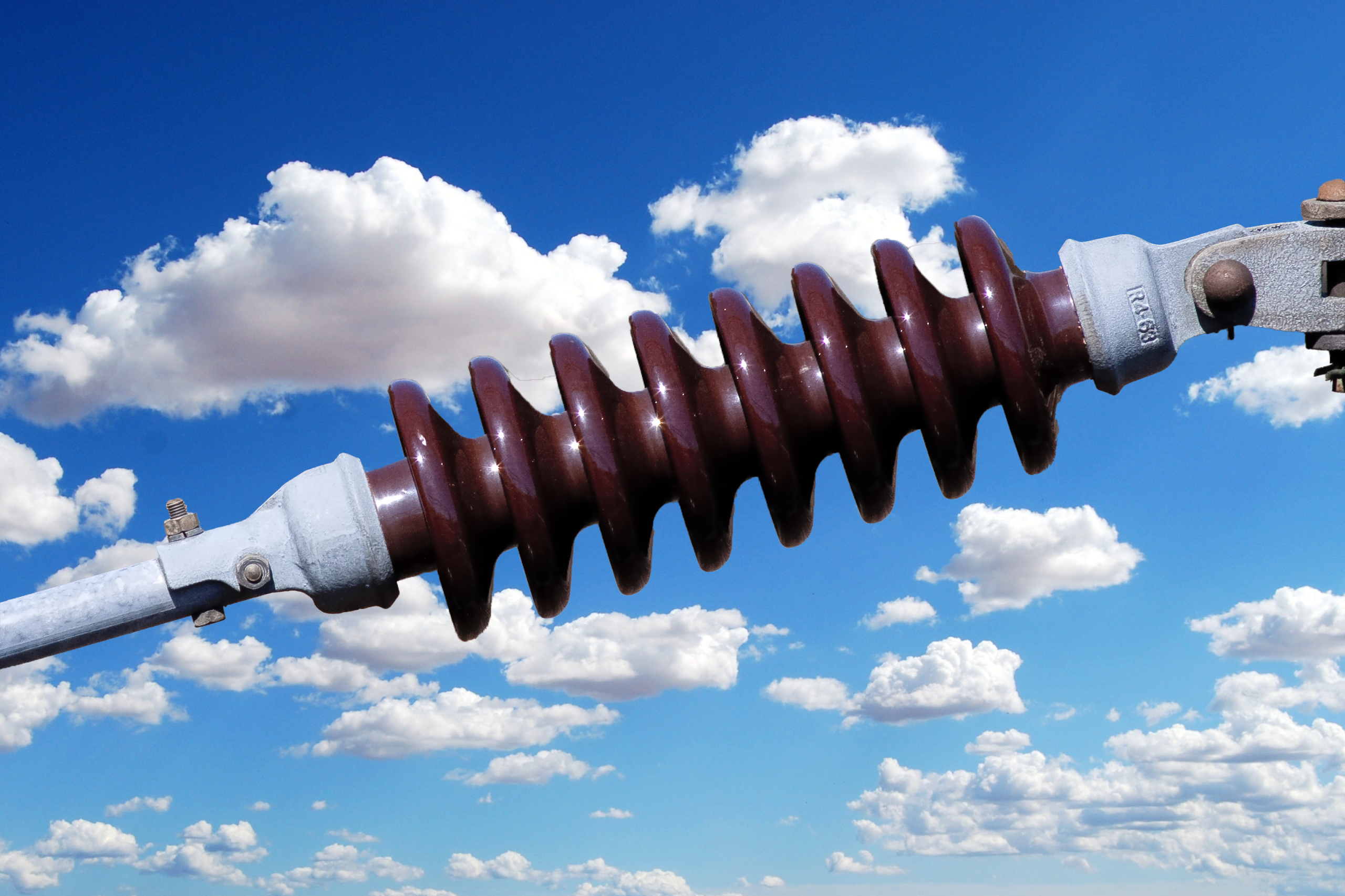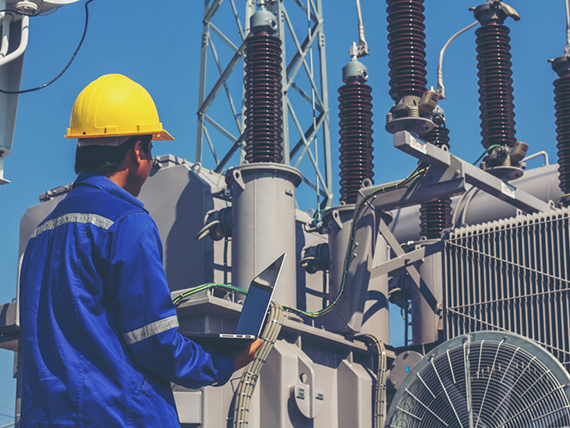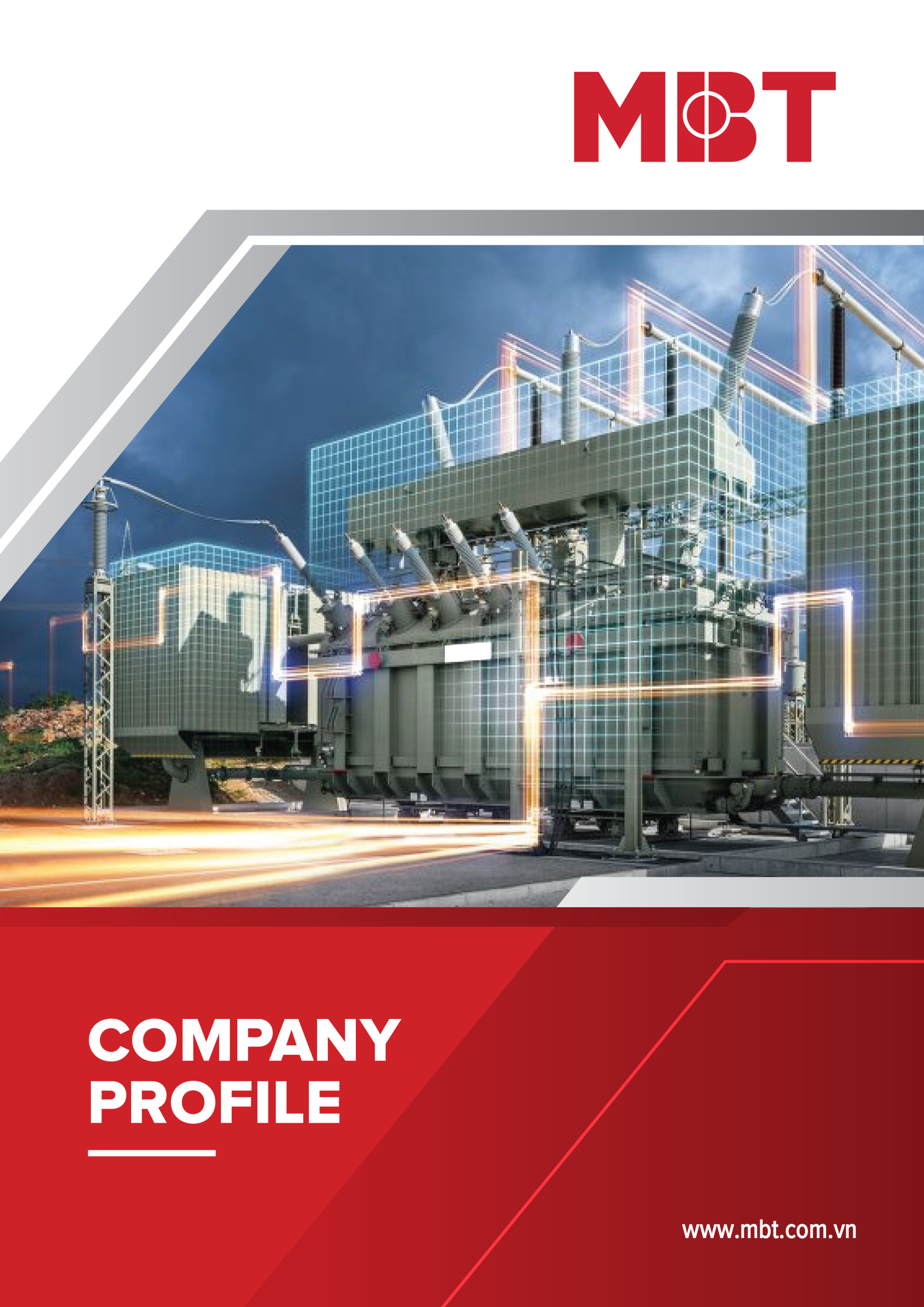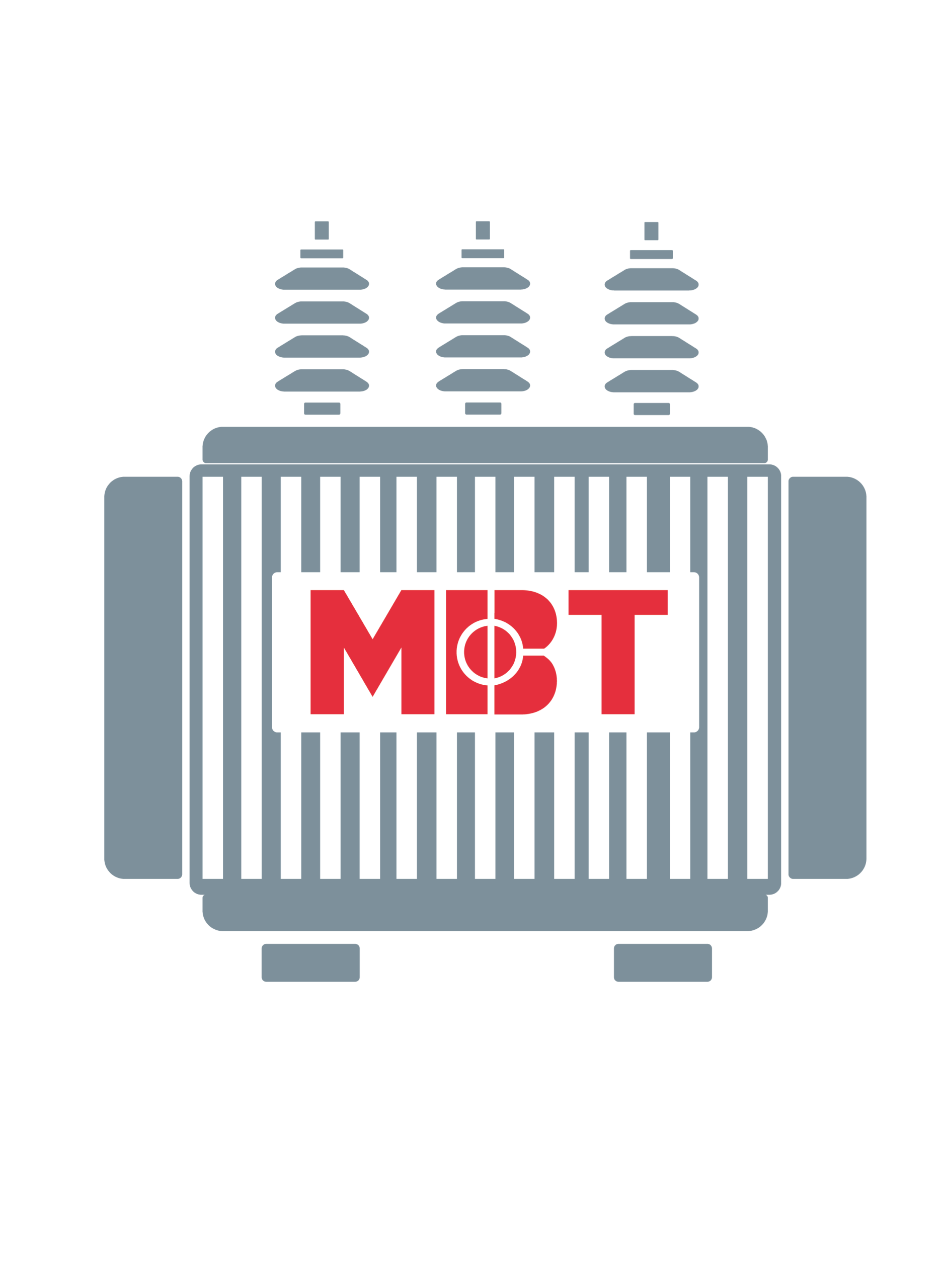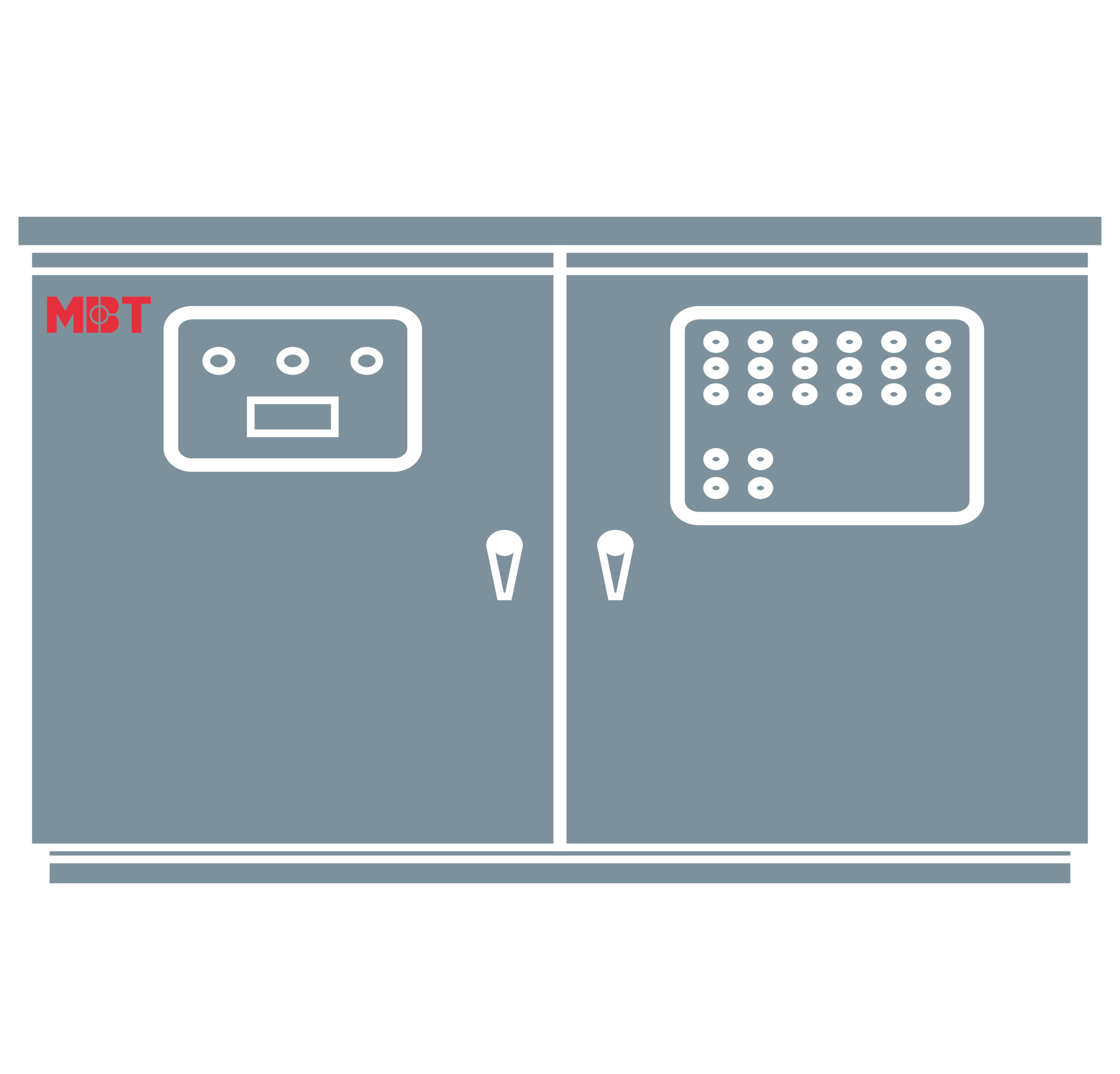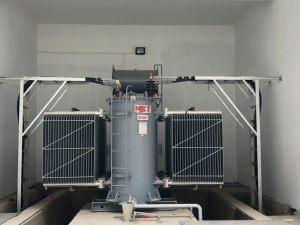
STRUCTURE AND WORKING PRINCIPLE OF HYDROELECTRIC POWER PLANT
STRUCTURE AND WORKING PRINCIPLE OF HYDROELECTRIC POWER PLANT
Hydroelectricity is a source of energy derived from water that depends not only on the volume but also on the difference in elevation between the source and the outflow. In other words, hydroelectricity is considered a sustainable renewable energy source due to the circulation of water under the influence of the Sun using turbines and generators to convert water into electricity.
Table of contents
1. What are the components of a hydroelectric power plant?
2. Working Principle of hydroelectric power plants
3. The role of hydroelectric plants
4. Selection of prestigious and quality transformers for hydropower plants
1. What are the components of a hydroelectric power plant?
The hydroelectric power plant is composed of the following components:
Hydroelectric dam: helps to store water creating a large reservoir.
Water pipe: Leads water to the turbine.
Turbine: The turbine is attached to the generator at the top by a shaft. The most common type of turbine used in hydroelectric power plants is the Francis Turbine, which is shaped like a large disc with curved blades. Each turbine weighs about 172 tons and rotates at 90 revolutions per minute.
Generator: A machine consisting of a series of giant magnets revolving around a copper coil.
The transformer located inside the power plant generates AC current and converts it to a higher voltage current.
Power Line: A power line consisting of three-phase wires of the electrical energy produced and a neutral wire.
Drain: Helps to bring water through the pipes and into the river downstream.
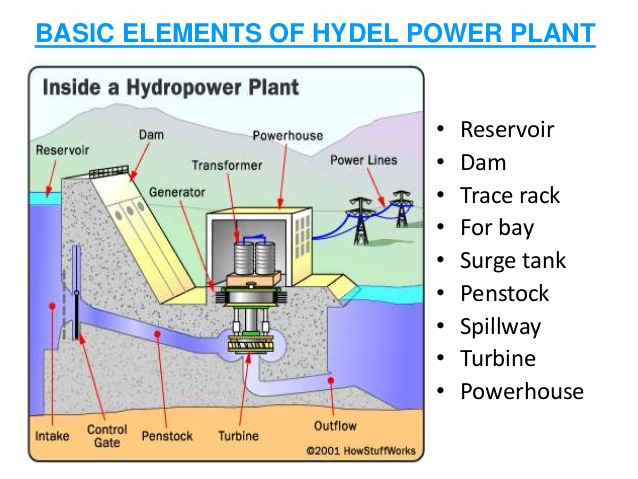
Structure of hydroelectric power plant
2. Working Principle of hydroelectric plants
The operation of a hydroelectric power plant consists of four main stages:
Stage 1: Water with high pressure flows through large steel pipes called pressurized water pipes, creating giant water columns with great pressure going inside the factory.
Stage 2: Strong flowing water turns the generator's turbine; mechanical energy is converted into electricity.
Stage 3: The generated electricity passes through the transformer to generate a high voltage current.
Phase 4: High-voltage current will be connected to the electricity distribution network and transmitted to cities.
To know more about how electricity is produced, see the details of the working mechanism of a hydroelectric dam in the video below.
Working principle of hydroelectric power plant
3. The role of hydroelectric power plants
Hydroelectricity with the mechanism of using the dynamics or energy of the flow of rivers currently accounts for 20% of the world's electricity. In addition to some countries with a lot of hydroelectric potentials, water capacity is also often used to meet peak hours because it can be stored during off-peak hours (actually pumped storage hydroelectric reservoirs – sometimes used to store electricity produced by thermal power plants for use during peak hours). Hydroelectricity is not a major choice in developed countries because most of the major sites in those countries that have the potential to generate hydroelectricity in that way are already exploited or cannot be exploited because of this. other reasons such as the environment.
EVN's hydropower plants not only play a very important role in the national power system, but also in supplying electricity to the system, serving the country's socio-economic development and international integration.
In addition, hydropower plant is a key in preventing floods for the delta and providing irrigation water for downstream areas, while limiting saltwater intrusion in the context of climate change and sea-level rise.
Hydropower plants also bring budget revenue to the provinces, build resettlement areas with full infrastructure such as "electricity, roads, schools, stations", create jobs for a part of the population in the area, and create conditions for people in remote areas to contact new cultural knowledge.
4. Selection of prestigious and quality transformers for hydropower plants
The transformer is an important device in the operating system of a hydroelectric power plant. Therefore, in order to choose a transformer of good quality, ensuring good operation, users need to carefully study and consult a number of reputable transformer manufacturers. MBT Electrical Equipment Joint Stock Company with more than 12 years of experience in manufacturing and supplying transformers for hydroelectricity has been trusted and appreciated by customers for many years. With completed projects and works, MBT hydroelectric transformer is the first choice today.
Customers who need advice and quotes for hydroelectric transformers, please contact via hotline 0913 006 538 for strong support.






